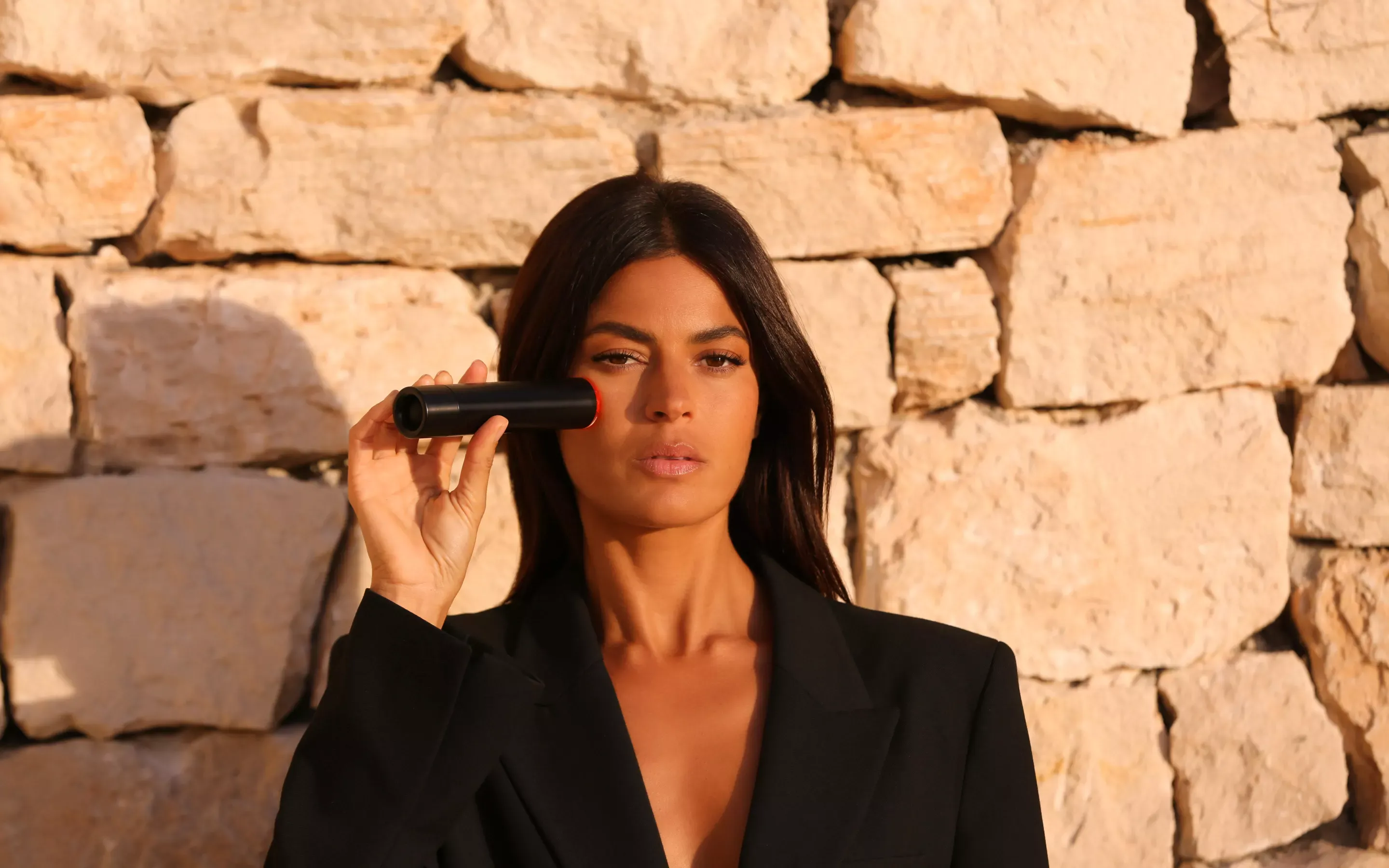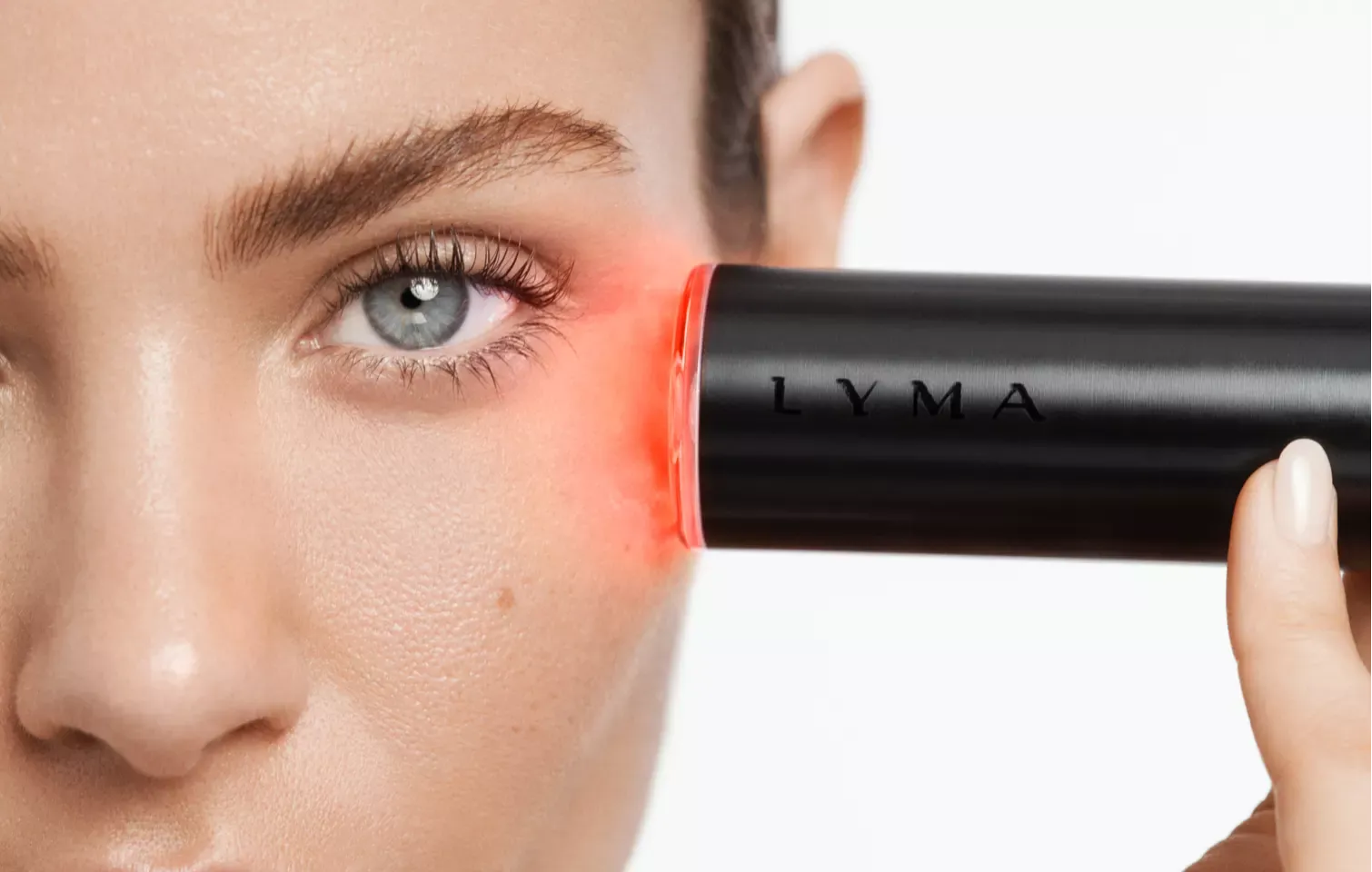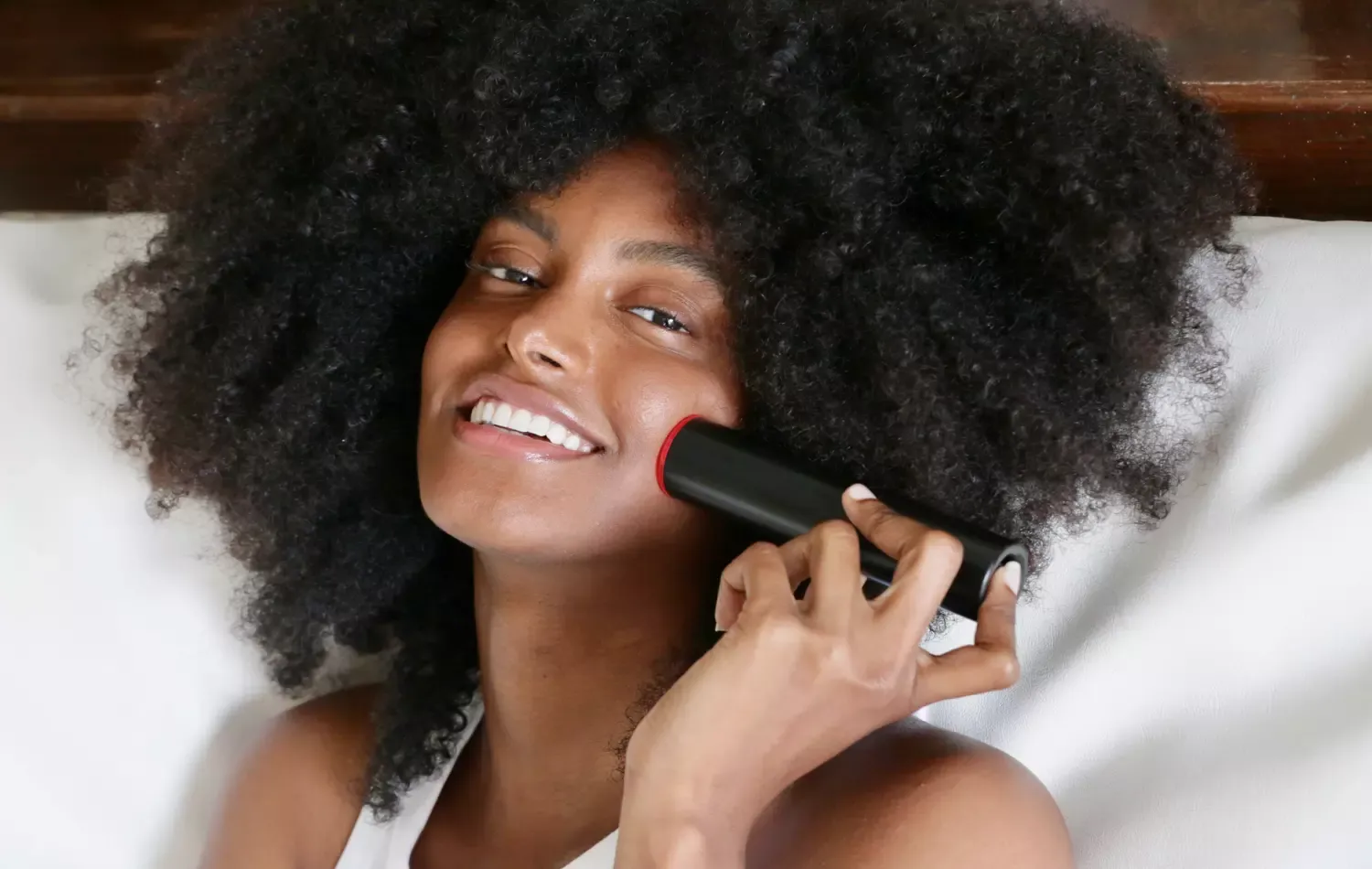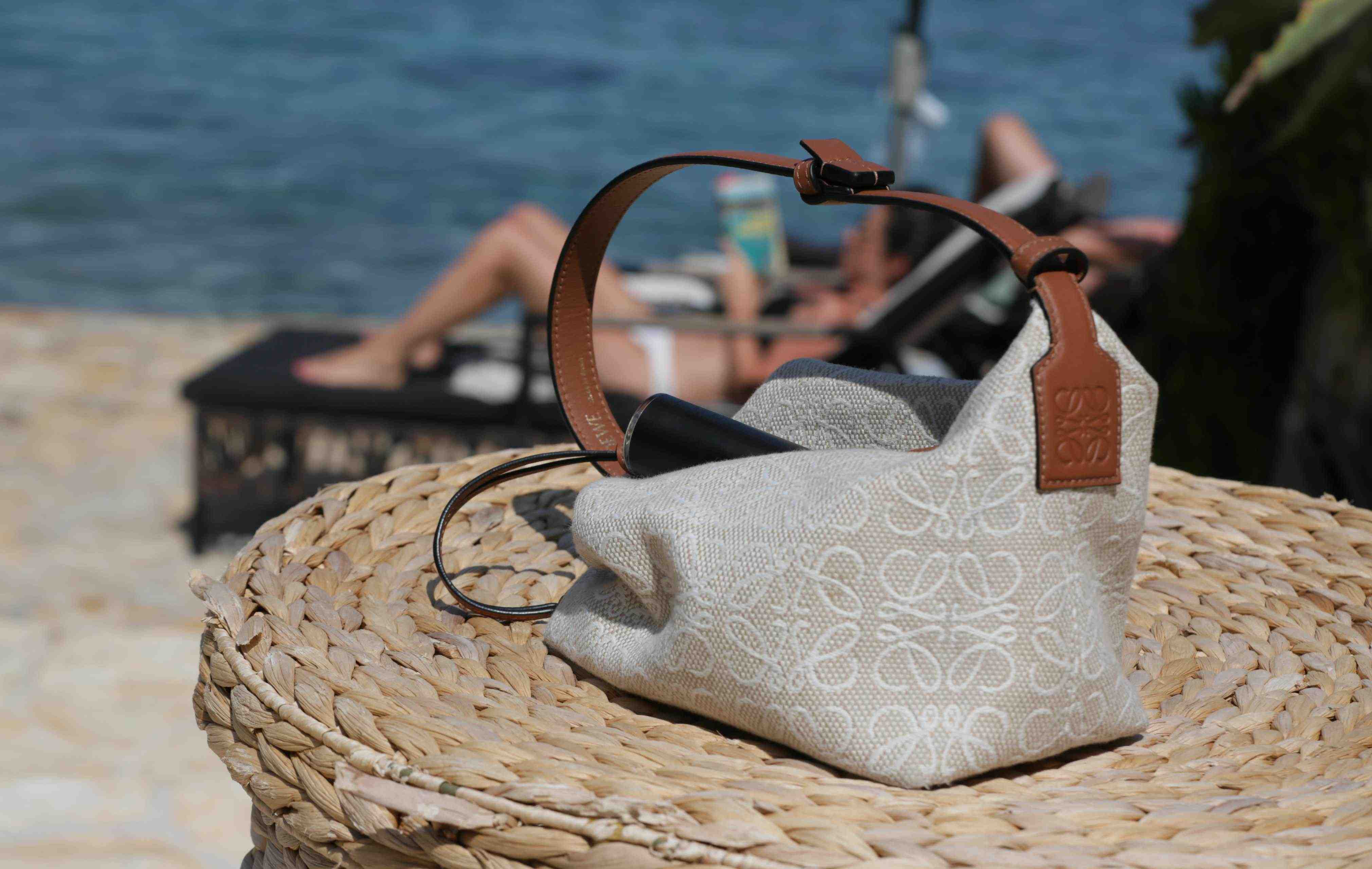5 Minute ReadHow To by Jess Lacey, Beauty Editor
10.09.21 (Updated 21.05.24)
Tan in haste, repent at leisure. Now that we’re well ensconced in the summer months, amongst that spattering of charming freckles you might be noticing some accumulated sun damage as a result of all that glorious basking. If so, you’re not alone: pigmentation is now the number one UK skin gripe and irregular dark patches and uneven skin tone are widely considered more ageing than sagging skin.
Pigmentation is a normal occurrence, but what most of us are taking umbrage with is hyperpigmentation in the context of sun damage. Sun damage takes multiple forms, predominantly hyperpigmentation, dark spots and accelerated fine lines and wrinkles. Irregular brown patches most often found on the face, chest or hands are also courtesy of the skin’s overproduction and erratic creation of melanin as a defensive move from intense UV exposure.

By now we should be well-versed in the dangers of sun exposure, so why are we still falling fowl of overcooking ourselves? Call it overexcitement or sliding well into 'holiday mode' but we’re all bursting to spend as much time outside as possible.
"It’s time to check in with your skin, visit a dermatologist to ensure skin health and purposefully reinstate sun barrier habits,” advises Katie Service, author of The Beauty Brief: An Insider's Guide to Skincare, (available nationwide).
And what do the top dermatologists and skin experts recommend? "Every dermatologist is going to tell you to stay out of the sun," says Dr Dan Belkin MD, Double Board-Certified Dermatologist and Cosmetic Surgeon. "It's really important to have sun protection and to minimize your UV exposure because UV up regulates your enzymes that break down your collagen. We know that UV exposure increases your matrix metalloproteinases, and those are what break down your collagen and your elastic fibres, so they accelerate your aging."
Warning heeded but what if that's not a lifestyle sacrifice we're willing to make?
Well, thankfully there is now one standout technology able to prevent, manage and reverse hyperpigmentation and it's suitable for both in-clinic and at-home use.


The latest iteration of near-infrared low-level laser therapy, the LYMA Laser is a clinic-grade 500mW uninterrupted beam of light able to pass through the top layers of the sun damaged skin, to reach melanocyte cells in the base layers and break up the unwanted pigmentation. The dispersed pigmentation is then re-absorbed by the body and the skin appears clearer and more luminous. By increasing cellular energy, the Laser is also a highly effective firming tool to reduce sagging and introduce definition in facial contours often lost as another result of sun damage.
As the most powerful at-home laser in existence, the LYMA Laser is unrivalled at fading out sunspots and sun-related hyperpigmentation and, as an at-home technology, can be used every single day.
It's even possible to use the LYMA Laser to bolster your skin, stocking up on collagen and elastic fibres, for when inevitably you do end up getting too much sun. "Like in medicine, prevention is the cure and that applies to cosmetic dermatology as well," confirms Dr Belkin who uses the LYMA Laser on his NYC clients.
“I have a high percentage of Indian and Arabic clients who, as a result of living in a far hotter climates, tend to be better at addressing sun damage quickly," says London-based facialist Nichola Joss, currently in residence with the Laser PRO at Harrods Wellness Clinic.
"Obviously having darker skin tones, the likes of IPL lasers aren’t available to them, so I use the LYMA Laser PRO which works on every skin tone. Being frequent jetsetters, they like that it’s pain-free and has zero down time, whilst being every bit as powerful as traditional clinic lasers. We get results from definite improvement, to discolouration completely disappearing. It works beautifully on that yellow pigmentation that darker skins get but also the scarring they’ve had from attempting to use clinic lasers unsuccessfully in the past.”
The LYMA Laser PRO uses identical laser light technology to that of the LYMA Laser, only three fold. Three near-infrared low-level lasers across a bigger surface area, make it ideal for treating larger areas of the body, at speed. Use the Laser PRO anywhere on the body you’ve got uneven skin tone, scarring, broken capillaries and thread veins, it’s even been proven to break up and get rid of cellulite.
Do your Laser work poolside, yachtside, from your beach bed, wherever, this is skin rejuvenation made infinitely versatile.

LYMA Laser in hand, effective skincare should be your daily line of topical defence against future sun damage. Developed by geneticists and stem cell experts, LYMA Skincare has been designed to work in conjunction with the LYMA Laser technology to push transformational results even further.
The LYMA Cream and Serum contain the highest concentration of active ingredients, hand-picked for their ability to reverse and slow down the underlying causes of skin aging, sun and UV damage included.
The latest in epigenetic skincare, LYMA Skincare is proven to counteract the aging acceleration caused by UV exposure and alter gene expression so cells act years younger.
The remarkable line-up of LYMA Skincare ingredients include:
Quercevita™ protects skin cells against UV induced degradation
Telangyn™ reduces redness and inflammation in skin
Ephemer™ a powerful antioxidant against free radical damage
Wellmune® tells immune cells to regenerate and speed-make more collagen
Tego® draws in water molecules from the atmosphere around us, deep into the skin
Developed with Genolytic™ technology, the LYMA Serum & Cream increase skin’s cell renewal, improve microcirculation, reinforce barrier strength and significantly boost long-term hydration levels. All this whilst also decreasing cellular senescence and slowing the epigenetic clock. Instead of dying off in greater numbers, cells are empowered and regenerated with immediate aesthetic effect.
Reason enough why LYMA Skincare is considered not only the best skincare regime for those over 40 but the most powerful anti-aging skincare full stop.